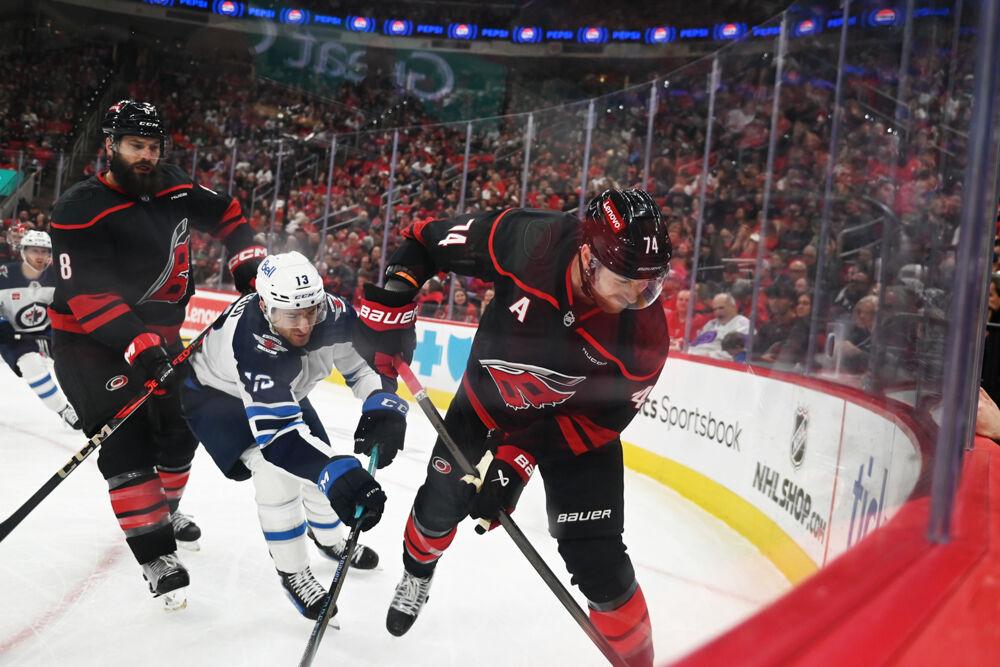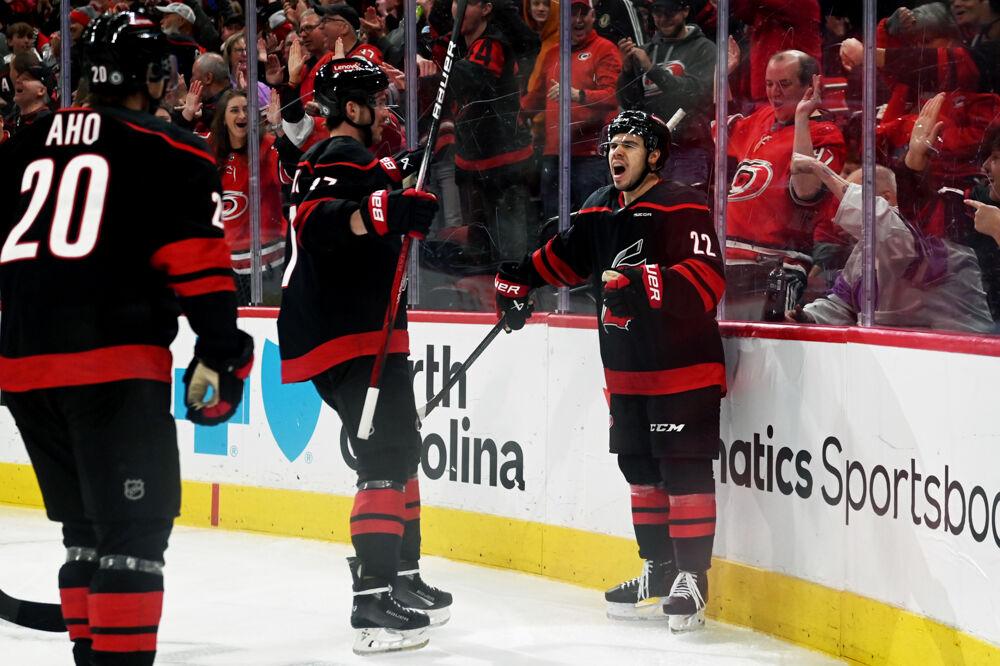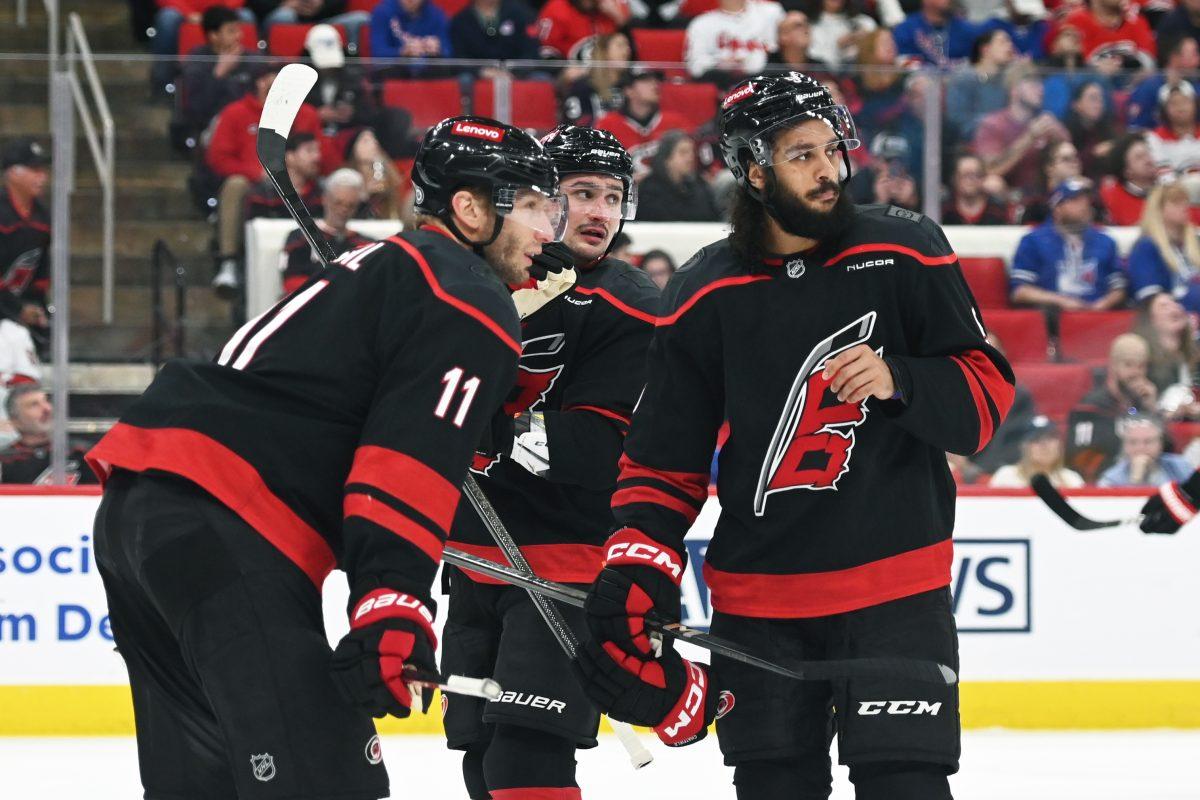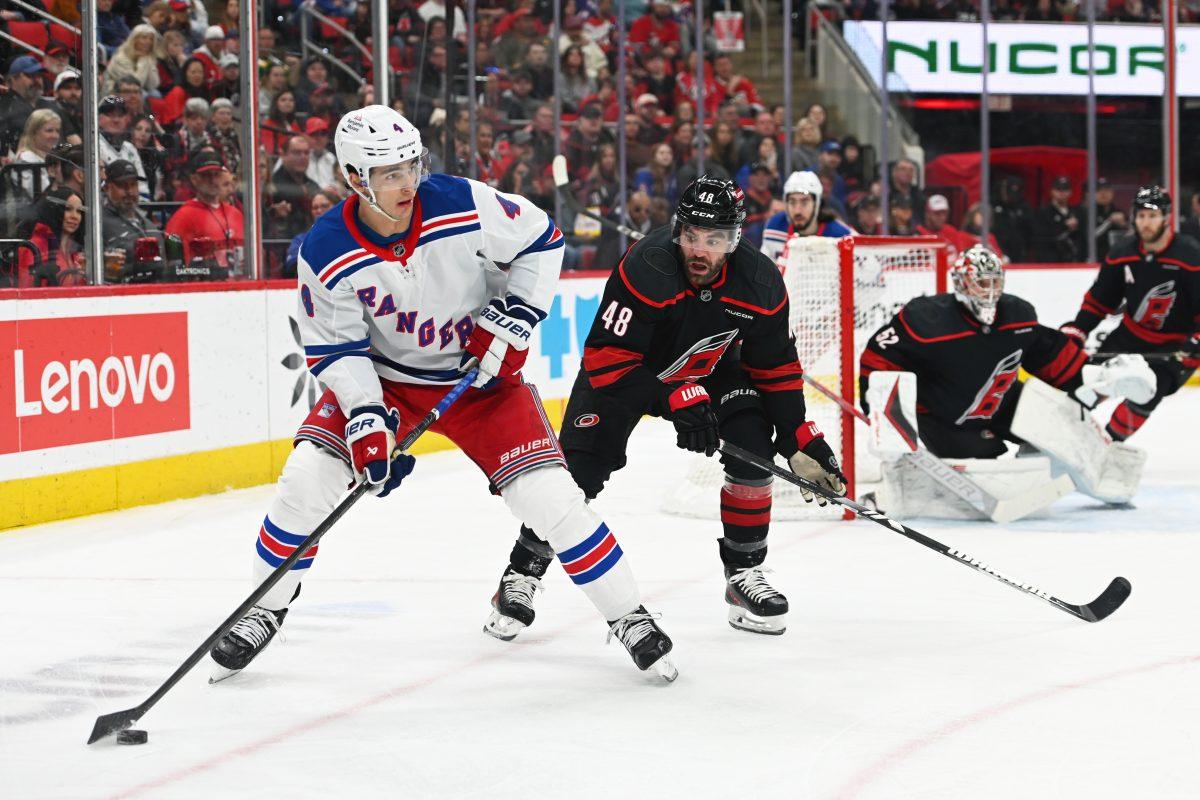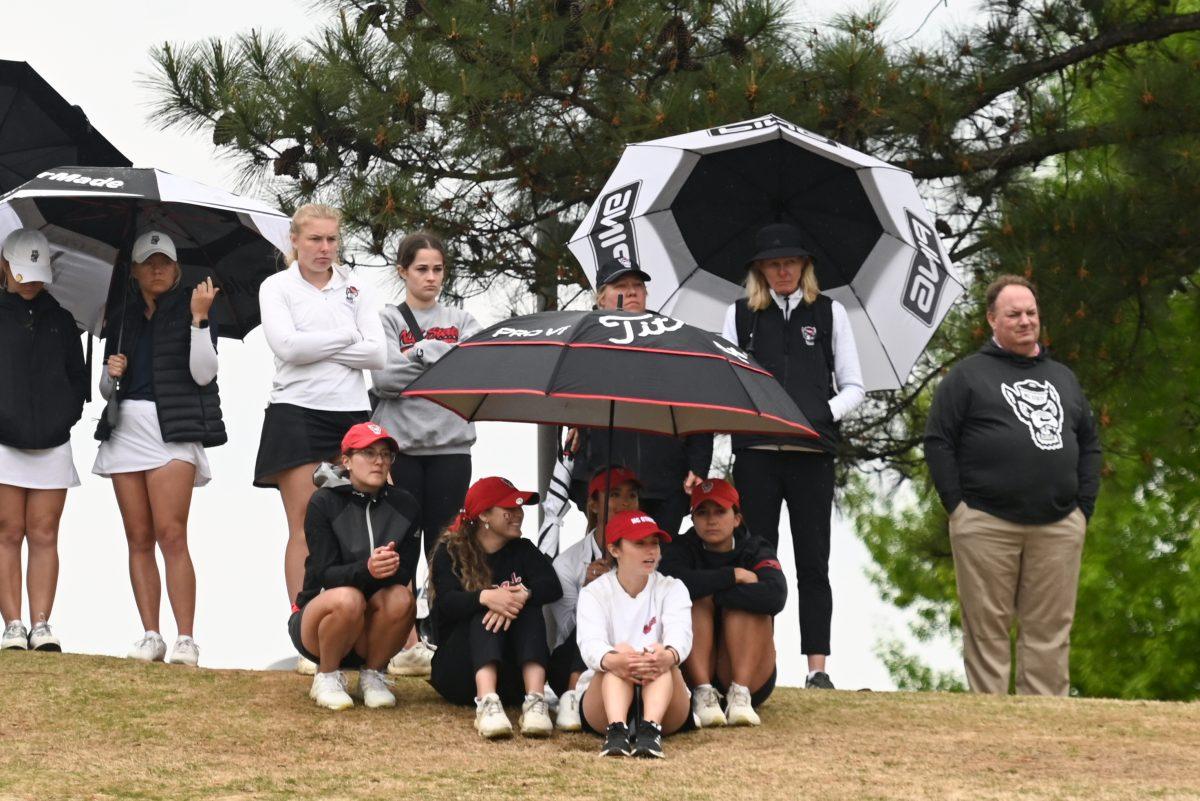The 2016 World Cup of Hockey was nothing short of an unmitigated disaster for Team USA. There is simply no other way to put it. Not many people expected the U.S. to make it past the semifinals due to controversial roster selections, but the team did not even make it there. The Americans did not even make it out of group play. They did not win a game.
The U.S. fell 3-0 to Team Europe, 4-2 to Canada (the game that eliminated the team from advancing) and 4-3 to the lowly Czech Republic, widely considered to be the worst team in the tournament. The Americans’ problem was simple; in a best-on-best tournament, the American brain-trust decided it would be better to leave several of the country’s top players at home.
Phil Kessel of the Stanley Cup Champion Pittsburgh Penguins, who led the team in playoff scoring, Kyle Okposo of the Buffalo Sabres and Bobby Ryan of the Ottawa Senators, all of whom were among the top 10 U.S.-born scorers last season, were left off the team. Kessel did have offseason surgery that would have ended up keeping him off the team anyway, but the fact that he was not even named to the roster in the first place when this was not known is a problem.
The defensive side of the puck saw plenty of omissions as well, as Justin Faulk of the Carolina Hurricanes, Kevin Shattenkirk of the St. Louis Blues and Keith Yandle of the Florida Panthers were all top-10 scorers on defense for the U.S. and left off the team.
In an age where scoring is so important and goals are so hard to come by, it’s not hard to see how these decisions led to the United States scoring five total goals in three games. Named to the team were forwards Justin Abdelkader of the Detroit Red Wings, Brandon Dubinsky of the Columbus Blue Jackets and Ryan Callahan of the Tampa Bay Lightning, and defensemen Jack Johnson of the Blue Jackets, Erik Johnson of the Colorado Avalanche and Matt Niskanen of the Washington Capitals, none of whom bring much in the way of scoring punch.
This led to plenty of problems in the defensive end too, as the U.S. gave up a high volume of odd-man rushes and high-danger scoring chances in the tournament.
In making these selections, Kings’ general manager Dean Lombardi cited grit and toughness and said he was trying to assemble a roster that could beat Canada. Sorry Lombardi, but you have to score goals to beat Canada. He also cited the way the 1996 USA World Cup champions were built. Somehow, relying on a strategy that worked 20 years ago does not seem like the best course of action.
Now, by no means are the aforementioned players bad hockey players. Far from it. They are all top-half of the roster players and play important roles for their top NHL teams. However, in a tournament where the idea is to assemble a roster of your country’s top players, they simply did not belong on USA’s roster over the glaring omissions.
The other main figure involved in the roster selections, head Coach John Tortorella, is another head scratcher. Tortorella was recently fired after one disastrous season with the Vancouver Canucks in 2014 that was most famous for him storming the Calgary Flames’ dressing room during an intermission. Last season, he took over the Blue Jackets part-way through the season and guided them to a bottom-five NHL finish. Surely Dan Bylsma or Peter Laviolette, both of whom have Stanley Cup championships to their name (Tortorella does too, but Laviolette has been to the finals twice, and both have much more recent success than Torts) would have been better choices.
Now, many have pointed out that even with the USA roster at full strength, Canada is still the better team, and this is true. Canada is loaded, and the odds on favorite to win the championship. However, that is just another reason the U.S. cannot afford to have such talented players sitting at home. To beat Canada, you need all your best players in your lineup and ready to go. The U.S. simply did not have that at the World Cup.
Hopefully, USA hockey is able to use this World Cup flop as a much needed wake up call. When the next international tournament rolls around, whether it is the World Cup, Olympics or something else, the American brain–trust should not overthink the process again, and should simply take its best players, which is what you are supposed to do in this tournament. Without a change to its roster-building process, it will be tough for American hockey to become relevant on the biggest stages.




